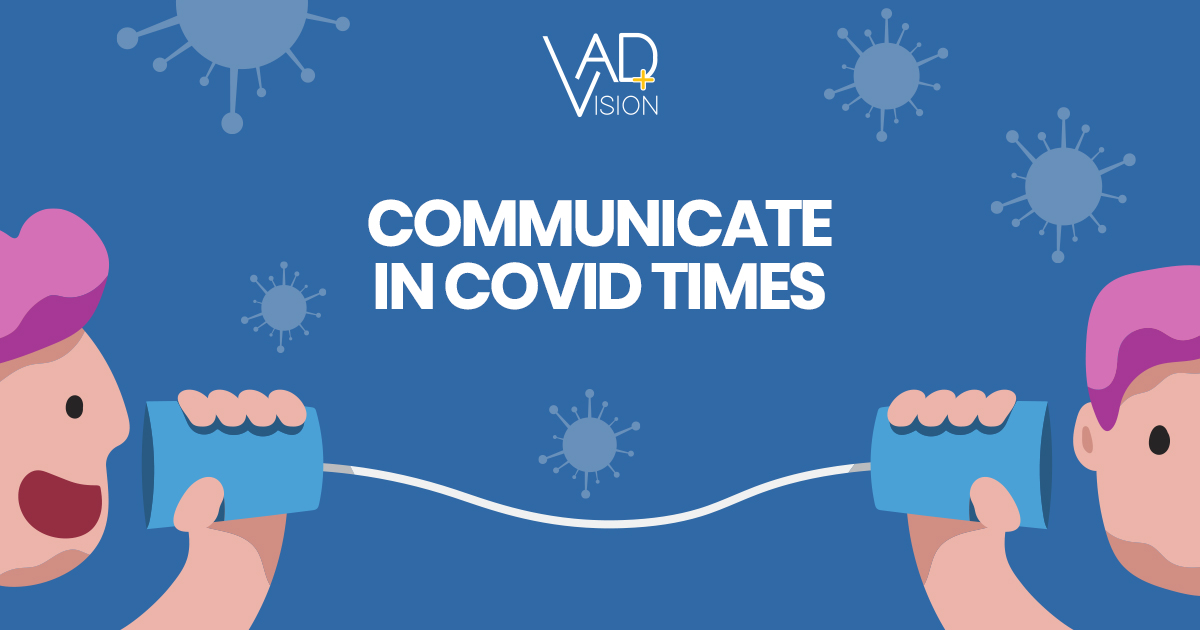Lockdown and advertising, the most successful approaches

The Dentsu Aegis Network and Toluna group present the results of a recent study aimed at investigating the main approaches to advertising during the lockdown.
The research was created to provide valuable analysis support to the advertising market, called to evaluate and perhaps re-plan their communication and creativity strategies.
What is the correct message to send to consumers during a global pandemic? Do people expect up to date announcements or can a schedule/structure be kept defined before the start of a crisis? To these questions, the brands that have decided to continue with communicating to their consumers have basically responded with 3 macro approaches that can be summarized as follows:
1) The "Go Ahead" approach referring to companies that have decided to air the spot agreed and created before the pandemic.
2) "The Capitalize Approach" for realities that have created a tailor-made spot to talk about their brand in a way connected to the surrounding events.
3) "The Adaptive Approach" used by brands that have partially modified the commercial TV already defined pre-Coronavirus with small interventions (often using pigtailsor superimposed writings).
For this research, Dentsu Aegis Network and Toluna involved a sample of 2250 respondents that are a representation of the Italian population. The respondents have been subdivided into 15 groups perfectly equal to each other for a socio-demographic criteria, knowledge and purchase of the advertised products. Each cluster was then shown a specific advertising spot, recording their reactions based on 4 KPIs:
1) Liking.
2) Coherence with the context and the historical movement.
3)Perceived brand.
4) Consideration of the products and services advertised.
Finally, the 15 spots covered by the survey were grouped into the three categories mentioned above.
Those who invested in a new tailor-made commercial (Capitalize Approach) obtained the highest scores on all indicators. However, on many investigated KPIs, the values recorded by the brands that have opted to continue with their creative path (Go Ahead), have been almost identical, if not slightly higher.
This demonstrates how keeping the communication already planned has not only proved safe for the brand, but also virtuous in terms if effects on the consumer.
"The Adaptive Approach" instead obtained lower ratings and had a negative impact on the brand. A result obviously also the result of the historical period of detection: several weeks of quarantine and exposure to Covid-19 themed spots quickly diminished the attention and appreciation for solutions, sometimes very similar to each other. Perhaps in the first few weeks of lockdown instead represented a rapid (and low cost) way of showing presence and closeness to the final consumer.
Paradoxically in conclusion, the brand was more original to the public, which continued to communicate as if the health emergency had not disrupted people's lives overnight.
From a more in-depth analysis of the results, other insights have also emerged to better face future steps towards a rediscovered normality. Thanks to a series of statistical regression analyzes it was found that the factors most impacting on the perceived brand, i.e. the elements contributed to improving the image of the brands being tested after viewing the commercials, are the deepest and traditionally founding values of brands.
According to Daniele Frattini, Data Strategy Director of Densu Aegis Network, "this explains the positive impact of Go Ahead communications: if communicating in a coherent fashion with respect to a current topical issue is certainly a plus for the brand. It is equally reassuring its consumers, moving forward (Go Ahead) in a solid and monolithic to express its brand essence or simply the quality if its product. For example, we think of the comfort food line."
With reference to the sudden evolution of the context , Marco Barilli, Sales Director Italy & Greece Toluna, adds: "The results confirm the importance for the brands of reacting promptly to market dynamics. In record time, we were able to leverage on the responsiveness of our panel to study the sentiment and apprectiation of Italians about advertising campaigns. In a world that changes every day, the ability to quickly and easily activate agile, on-demand and capable of generating real-time insights research is essential. Today, more than yesterday, companies need to gather information to adapt their communication strategy and, more generally, to understand new consumer habits and therefore act better on all the levers of the marketing mix."